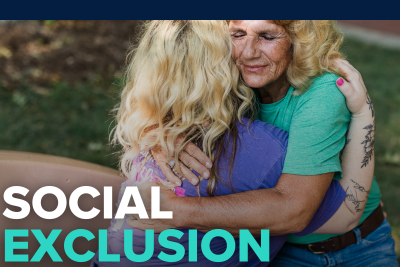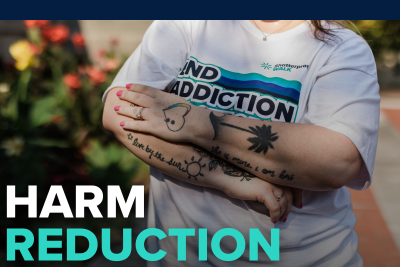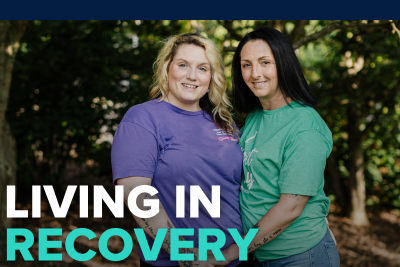
Treatment Hindered by Stigma
2024 Shatterproof Addiction Stigma Index Key Findings
To illustrate the real-world impact of stigma, the 2024 SASI results are illustrated through the lens of Kaitlyn and her journey with substance use.

Medications for Opioid Disorder
Those who experience opioid use disorder (OUD) are also unfortunately subjected to a unique type of stigma that may interfere with their ability to seek treatment: the stigma against medications for opioid disorder (MOUD).
During Kaitlyn’s period of active use, she explored many different ways to manage her substance use, including medications that are proven to help.
While MOUD is an evidence-based, FDA-approved treatment for OUD, when Kaitlyn attempted to pursue MOUD, people shamed her and told her it “wasn’t going to be a way to get into recovery.”
Ultimately, this stigmatization prevented her from fully experiencing the benefits of the medication.
Stigma against MOUD is prevalent across the U.S.
Four out of ten (43%) people agree that MOUD substitutes one drug addiction for another. This stigma is deeply-rooted in certain treatment and abstinence-based recovery communities, which feel that there is a singular path to recovery that does not include medications.
The consequences for excluding MOUD as an intervention can be devastating, denying people the opportunity to stabilize their health and well-being. Still, more than 70% of residential treatment programs in the U.S. do not offer MOUD, and some outright disqualify residents if they take these medications.
“I can tell you that [MOUD] probably would have been successful for me, but the stigma and the judgment around it makes people too scared to reach out. So, the only option and answer is, ‘I’m going to keep suffering in silence, and I’m going to keep using.'”
Trading one addiction for another.
Though many still believe MOUD is trading one drug addiction for another, encouragingly, about eight in ten Americans believe that MOUD helps people cope with addiction (82%) and understand that MOUD is an effective treatment for OUD (78%). While there is broad support to increase access for MOUD (78%), when asked if individuals would be willing to have a clinic that offered MOUD in their neighborhood, support declines to 53% willingness.
This attitude is commonly known as “not in my backyard,” or NIMBYism. These views are consistent with data that shows stigma increases as social closeness with a person with SUD increases.




